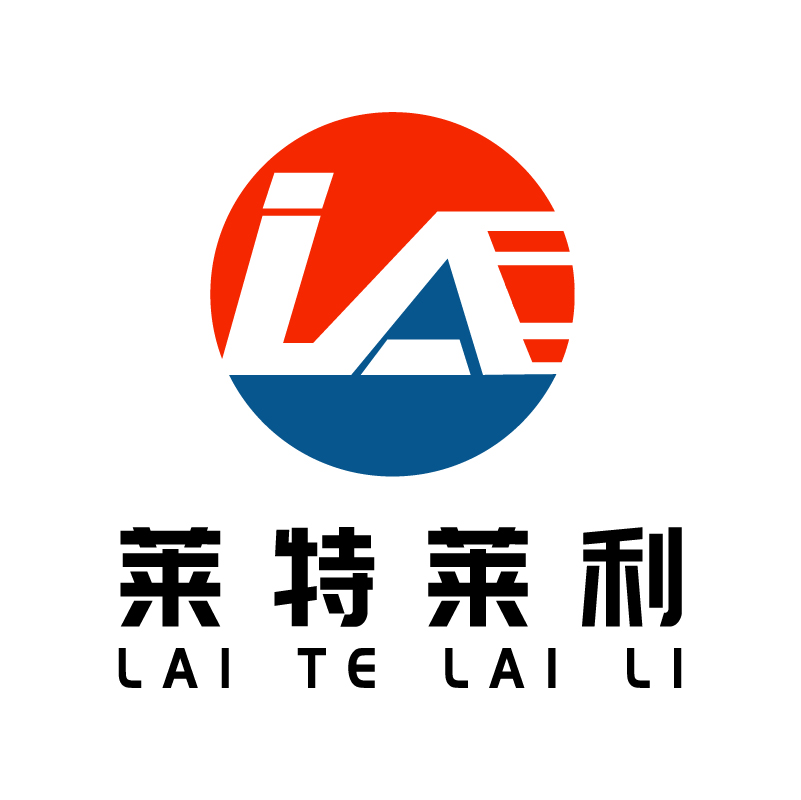What are the disadvantages of single thermal label paper
The shortcomings of single thermal label paper are mainly reflected in the following aspects:
1. Poor durability
Susceptible to environmental effects: Thermal label paper is generally not suitable for long-term exposure to wet environments or bright light, as it is prone to moisture, discoloration or fading. The stability of this material is relatively weak, and it is easily affected by changes in the external environment such as temperature and humidity. Specifically, in a high temperature environment, the thermal label will accelerate the oxidation and decomposition of the dye, resulting in the label content can not be recognized; In a humid environment, the water absorption of the paper will increase, causing the label to blur or even infiltrate.
Limited life: The service life of thermal labels is relatively short, because the stability of its dye layer is not as good as other materials, and it is easily affected by light, heat, oxidation and other factors. Therefore, when using thermal labels, it is necessary to pay attention to their life, and replace the labels in time to ensure that the contents of the labels are clearly visible.
2. Limited printing quality
Compared with other printing technologies (such as inkjet or laser printing), the printing quality of thermal printing technology has certain limitations. Images and text may not be clear and full, which can be a disadvantage in some application scenarios where label quality is high.
3. Not waterproof, not oil proof
The material characteristics of thermal label paper determine that it is not waterproof and oil-proof, which limits its application effect in some special environments (such as wet or oily environments). If the label paper comes into contact with water or oil, the contents of the label may become blurred or fall off.
4. Easily affected by friction and wiping
Because the top layer of the thermal label is dyed by dye ink, it is easily affected by wiping or rubbing, resulting in the label content being soiled and difficult to identify. This requires special attention during use to avoid unnecessary wiping or rubbing on the label.
5. Environmental challenges
Although thermal labels do not require the use of ink, reducing the ink's pollution to the environment, its production and use may involve some chemicals that are harmful to the environment. In addition, thermal paper is usually difficult to recycle, which also has a certain impact on the environment. Therefore, the industry needs to continue to look for more environmentally friendly materials and technologies to reduce their environmental impact.
In summary, there are certain shortcomings in durability, printing quality, water and oil resistance, friction resistance and environmental protection. In the process of use, it is necessary to pay attention to these problems, and take appropriate measures to reduce or avoid the impact of these problems on the use of labels.


